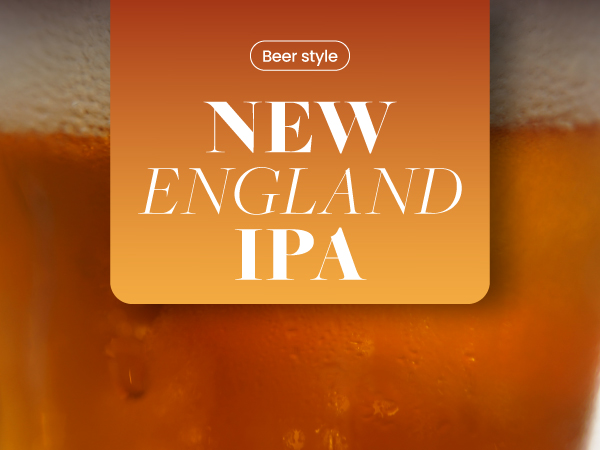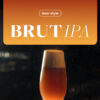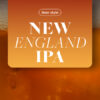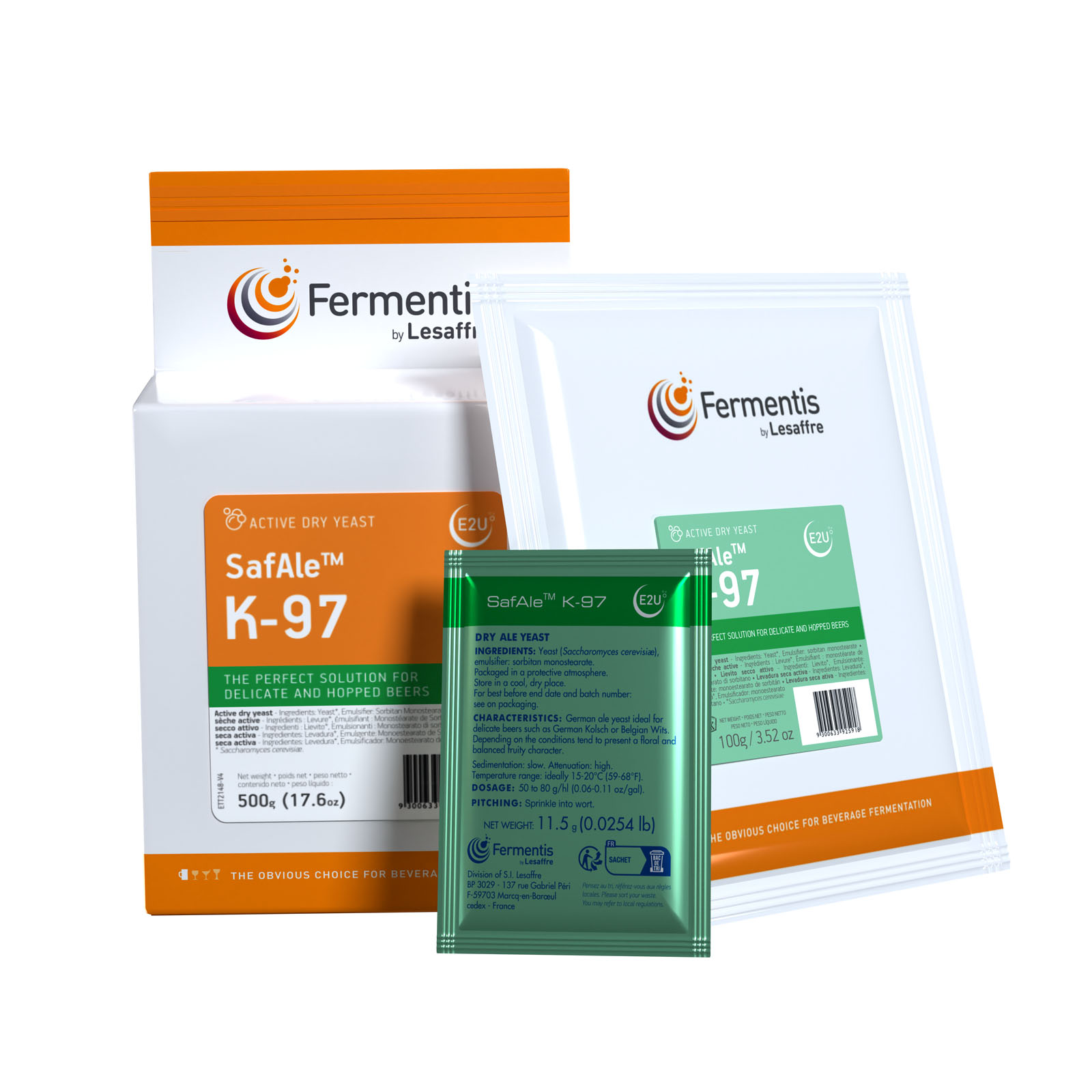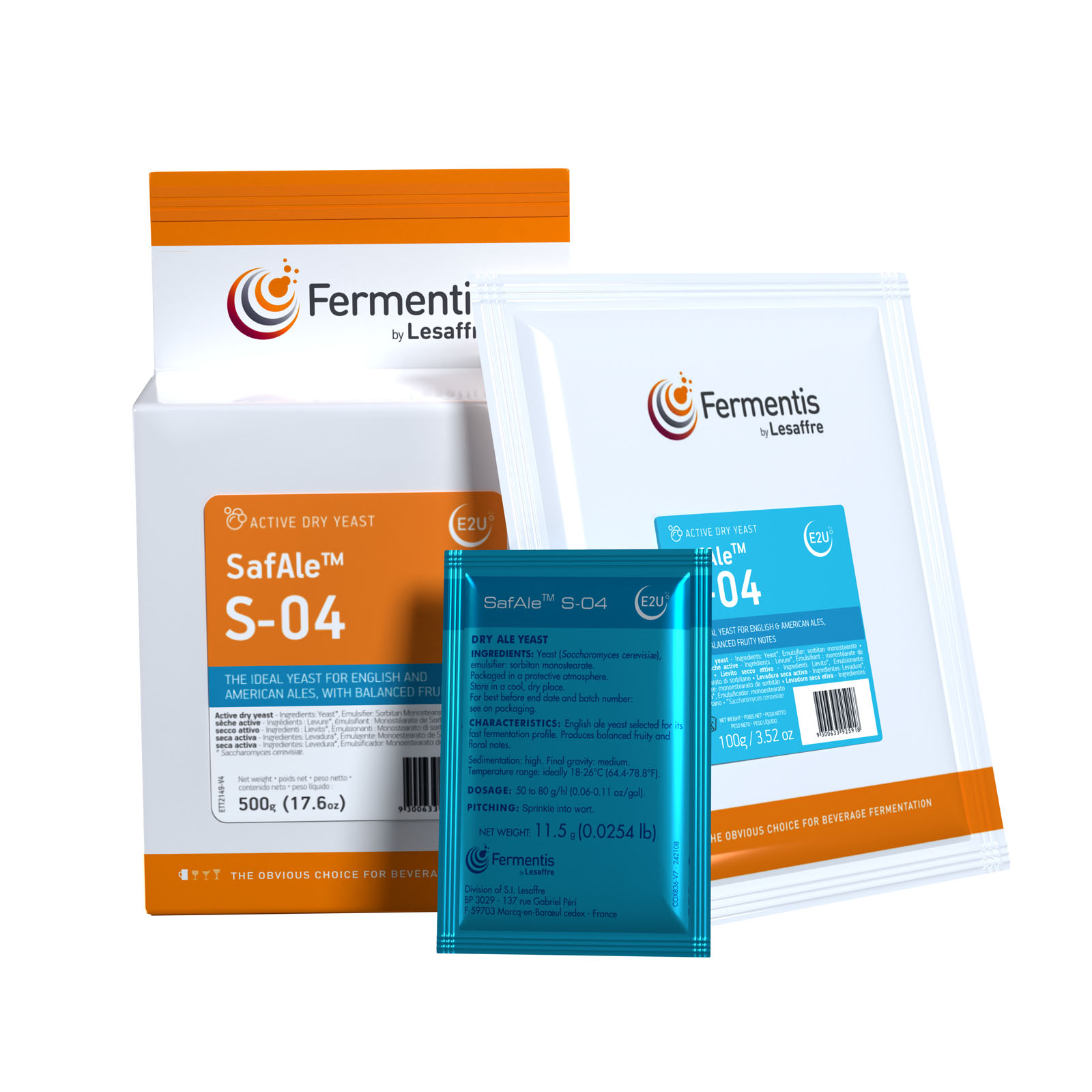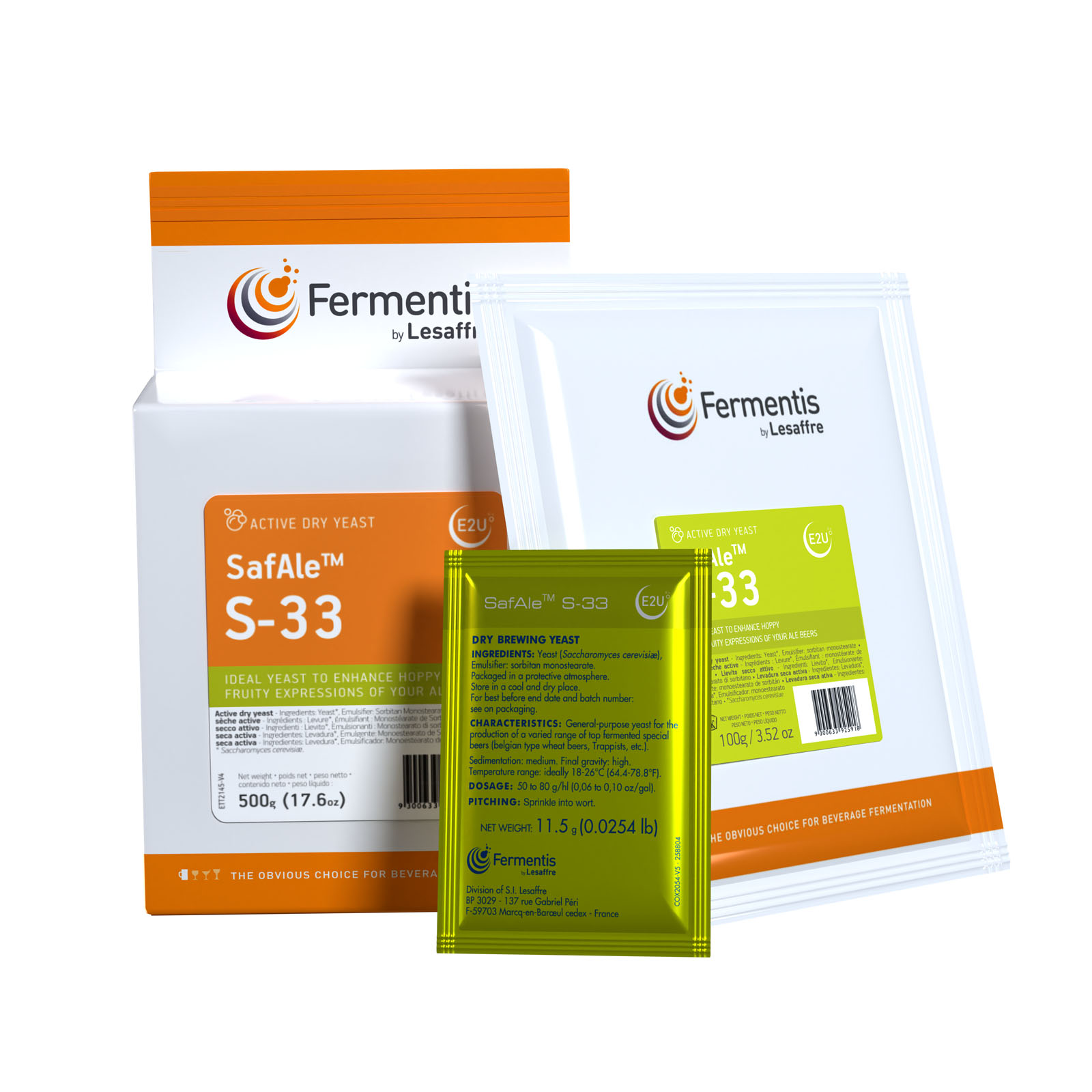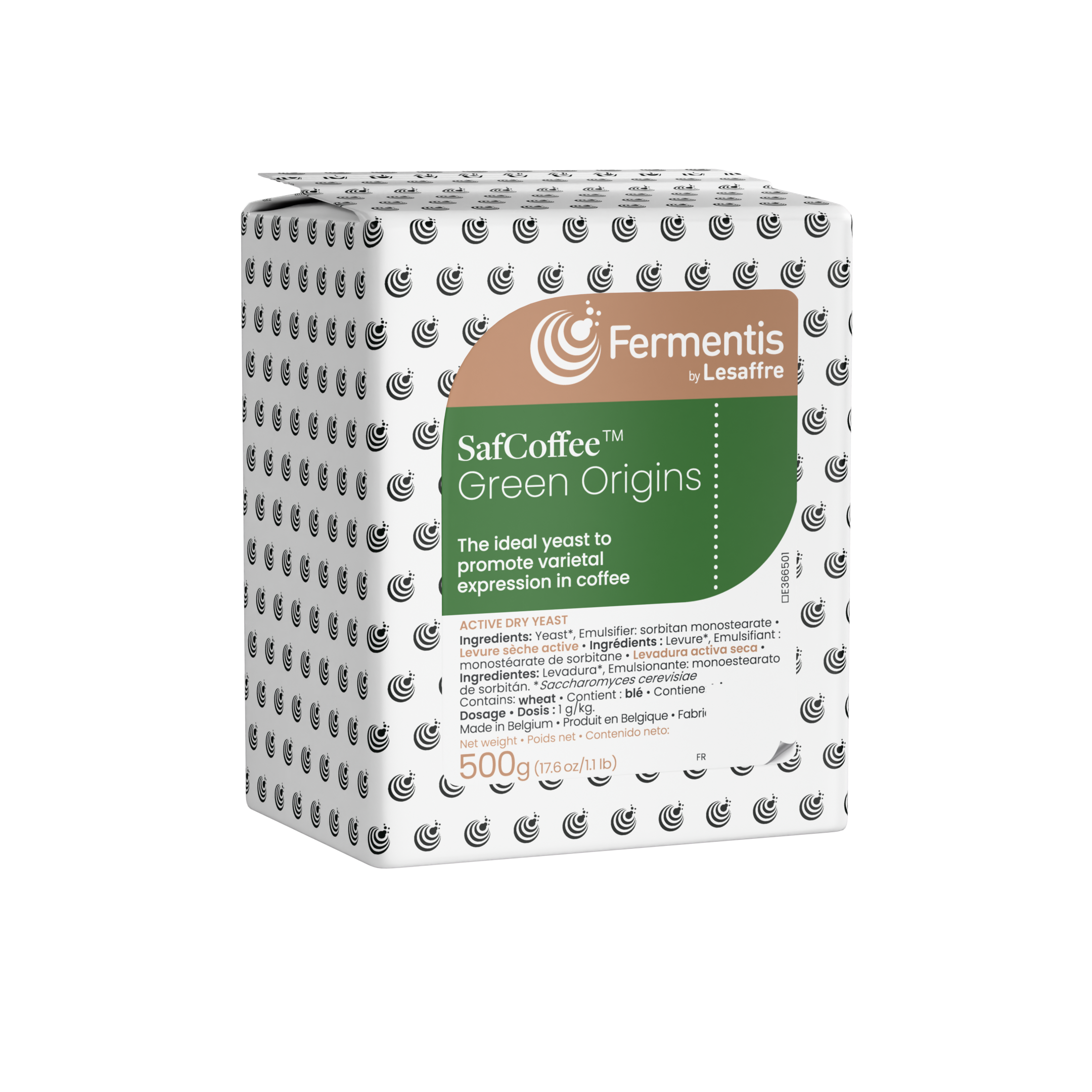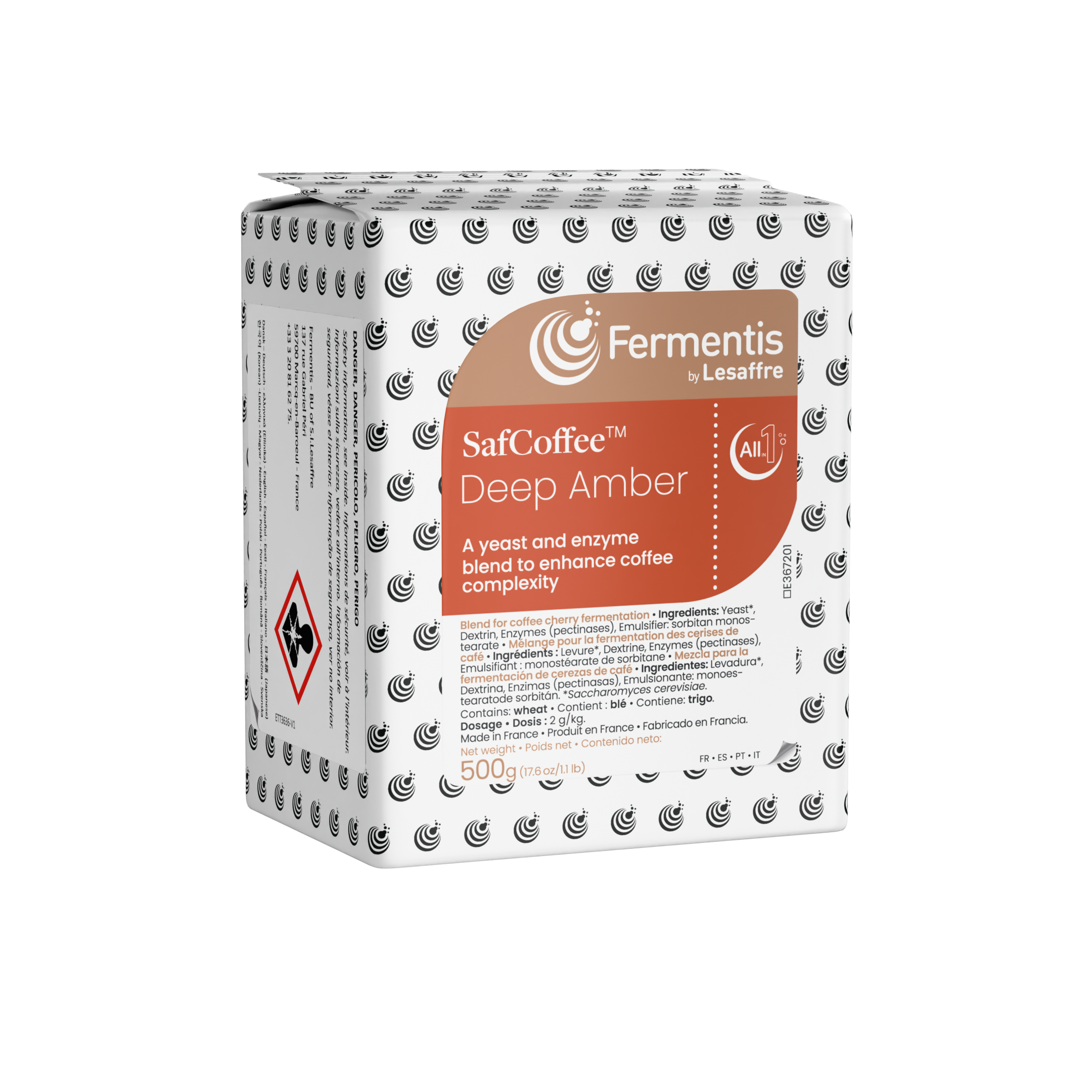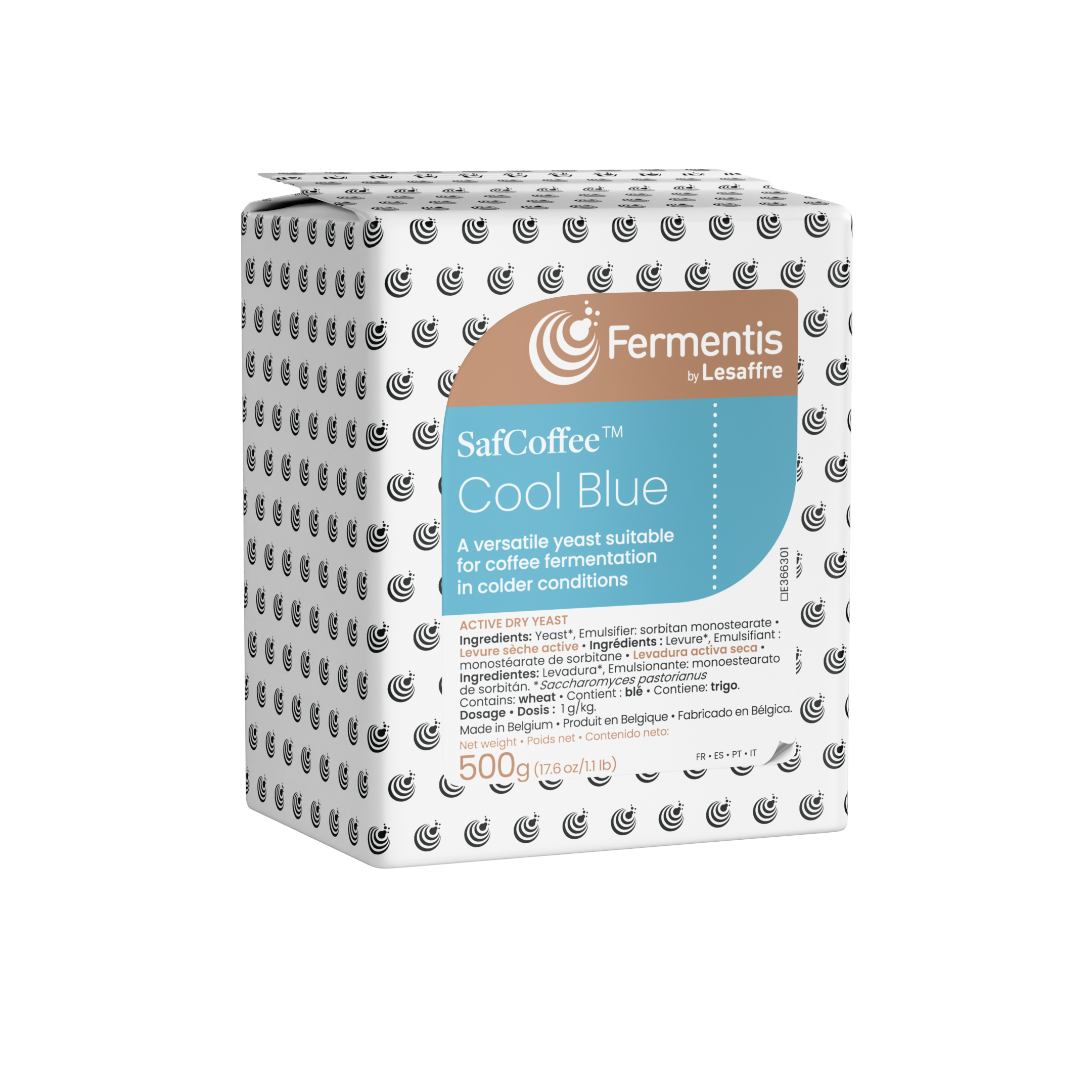The juicy & fruity Ale
New England IPA (also known as Hazy IPA) is a new and on-trend style of the IPA family (a family of beers mainly known as very hoppy and mostly bitter). NEIPA beers exhibit many sensory aspects that vary from conventional IPAs. The best way to describe it may be that it’s a “juicy beer.” Even though it can range from 5-7% ABV, drinking a NEIPA beer is almost like drinking a rich, fresh fruit juice, as the hops and yeast contribute to producing those fruity flavors.
New England IPA features
NEIPA beer general characteristics
New England IPA is a new and on-trend style of the IPA family (a family of beers mainly known as very hoppy and mostly bitter). NEIPA beers exhibit many sensory aspects that vary from conventional IPAs. The best way to describe it may be that it’s a “juicy beer.” Even though it can range from 5-7% ABV, drinking a NEIPA beer is almost like drinking a rich, fresh fruit juice, as the hops and yeast contribute to producing those fruity flavors.
Haziness is also an important character of this beer style, a consequence of its particular ingredient composition. This type of beer is usually pale in color and presents a mild, neutral malt character, allowing its fruity-hop flavors to dominate, with a distinctly fresh intensity.
With a NEIPA, you can expect hop flavors in the tropical fruit family, like mango, pineapple, passion fruit, and guava, as well as citrus fruit flavors, like orange, lime and tangerine. You might even detect some stone fruit character, like peach and apricot. And it’s all about the hop aromas, which are not necessarily bitter. As opposed to other IPA styles, NEIPA tends to have moderate-to-low bitter intensity, with a smooth finish. Lastly, the body of the beer plays an important role, which it needs to do in order to be supportive of the juicy sensation. As a result, you get a very aromatic, flavorful, and highly drinkable beer.
NEIPA brewing tips
Typically, you should use malted barley, as well as oats and wheat, because they all contribute to the creamy character, the body and the haziness of the beer. Our second recommendation is to consider a rather important charge of hops (0.5 – 1.5 kg/hl) only in late hop additions (late hopping and dry hopping with no or limited kettle hop addition during boiling). We suggest to primarily use fruity hop varieties (citra, simcoe, mosaic, galaxy, amarillo, el dorado, etc.). And of course, always use the right yeast strain!
Yeast impact on NEIPA style beers
The impact of yeast on hop flavor expression is a new and exciting topic! We have studied in depth the impact of different yeast strains on NEIPA flavor expression. Yeast can affect it in different ways, not only on neutral flavors: how yeast affects the production of and contribution to fruity flavors – and multiple other interactions – can be significant. In fact, yeast will not only play a direct role in flavor formation, it can improve the release of some important hop flavors from precursors. To summarize, yeast can favor the hop character of beer by producing, releasing or interacting with important hop aroma compounds. Yeast also has an important role in the body of the beer; its suspension or sugar consumption profile can contribute to the mouthfeel of the beer, especially in this style with its “juicy” character.
New England IPA yeast suggestions
Beer yeast for delicate and hopped beers
The ideal yeast for English & American ales, with balanced fruity notes
Ideal yeast to enhance hoppy and fruity expressions of your ale beers
Our yeast recommendations are meant solely as a guide to help you choose the right strain from our range. It is entirely possible to brew a specific style of beer with a different strain: feel free to experiment and be creative!


